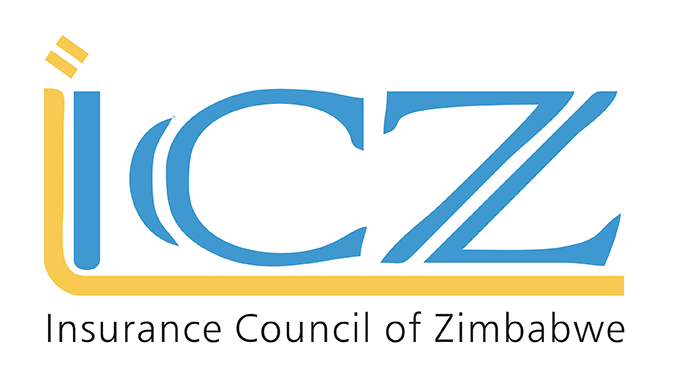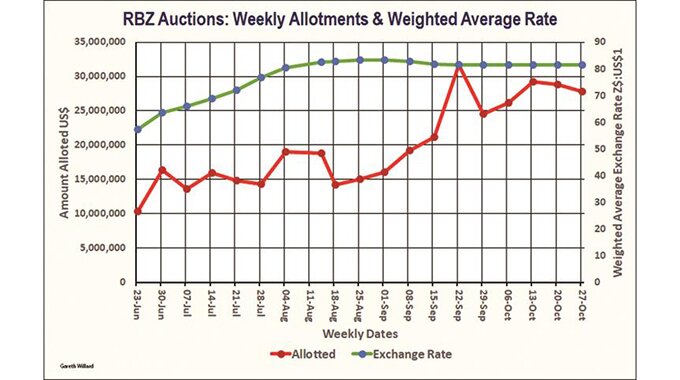The repeal of the interest rate cap on Kenyan bank loans is not enough to dispel the range of risks that the country’s financial sector faces.
The bi-annual Kenya Financial Sector Stability Report published by the central bank in September found that the country’s financial sector is “vulnerable to fragility in the global and domestic economies emanating from financial markets uncertainties; trade and geopolitical tensions; corruption, money laundering and financing of terrorism; and rapid adoption of financial technology and innovations.”
The banking industry has sufficient capital buffers to withstand shocks which include heightened tensions between US and Iran, the central bank said.
But according to research from GCR Ratings in Johannesburg in December, Kenya faces an “increasingly strained government fiscal position” and weak asset quality in the financial sector.
“We increasingly believe the Kenyan Shilling to be vulnerable to a reversal in remittances or USD flight out of the continent,” GCR analysts write.
Advertisement
Regulatory weaknesses persist in foreign currency regulation, the protracted resolution process for failed banks and protection of the credit hierarchy during bank failures, GCR says.
Caps off
Kenya in November dropped an interest rate limit introduced in 2016 to curb high borrowing costs.
The cap was widely seen as an obstacle to corporate and economic growth. While the removal of the interest rate caps is a positive step, GCR says it expects to wait until mid-2020 before the country’s financial sector risk score can be improved.
Moody’s in December said that acceleration in Kenyan loan growth is in prospect this year, and this will help to support to bank earnings.
Yet problem loans at Kenyan banks will persist in 2020 given an accumulation of payment arrears, and difficulties at some large corporate clients, Moody’s says.
Smaller banks are most exposed and face the prospect of consolidation, according to Moody’s.
External risks
The report’s concerns on household and corporate balance sheets in Kenya are shared by Ruto Kellie, a Financial Analyst with Maitri Capital in Nairobi.
The widespread availability of digital credit in Kenya may worsen the risks.
Advertisement
Kellie points to a 2019 study from the Kenyan Bankers Association according to which digital credit users are more likely to have more loans than conventional borrowers.
“This exacerbates household indebtedness and reduces welfare as a result of selling household assets to repay the loan,” the KBA says.
External headwinds are also likely in 2020.
If Brexit results in slower UK economic growth in the UK market, less people will travel to Kenya which will hurt GDP, Kellie says.
A downside of renegotiation of post-Brexit trade contracts may be increased taxes on goods imported from Kenya. This could “significantly” affect revenue and GDP, according to Kellie.
“All we can hope for is favourable terms from the renegotiation of contracts.”
A ratings downgrade for South Africa would also result in a reduction in investment inflows to Kenya and would carry the risk of contagion effects, she adds.
Bottom Line: The interest cap removal may be too late to save smaller players in the Kenyan market, who may be targets for takeover as external risks to the economy mount. — The Africa Report
– HERALD








